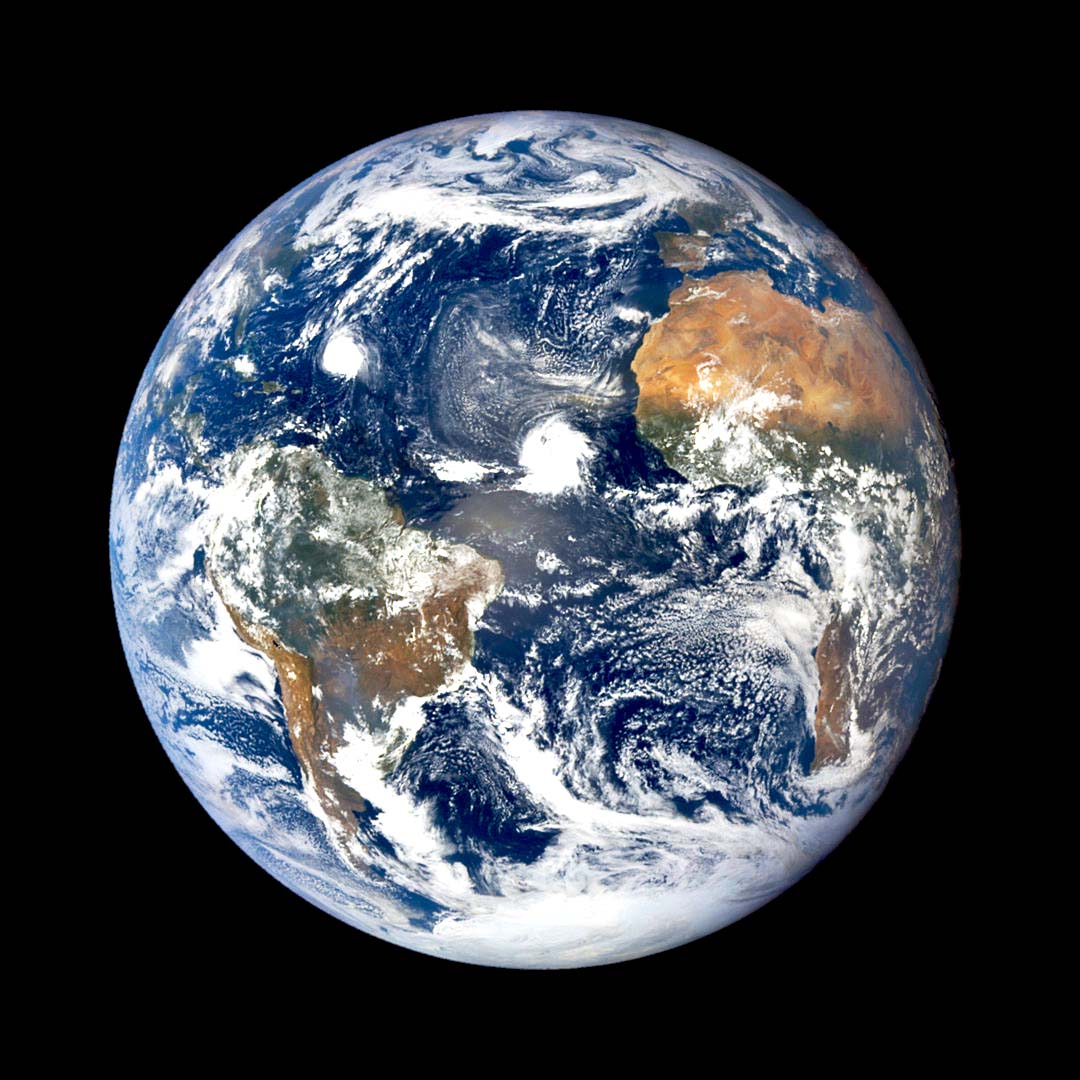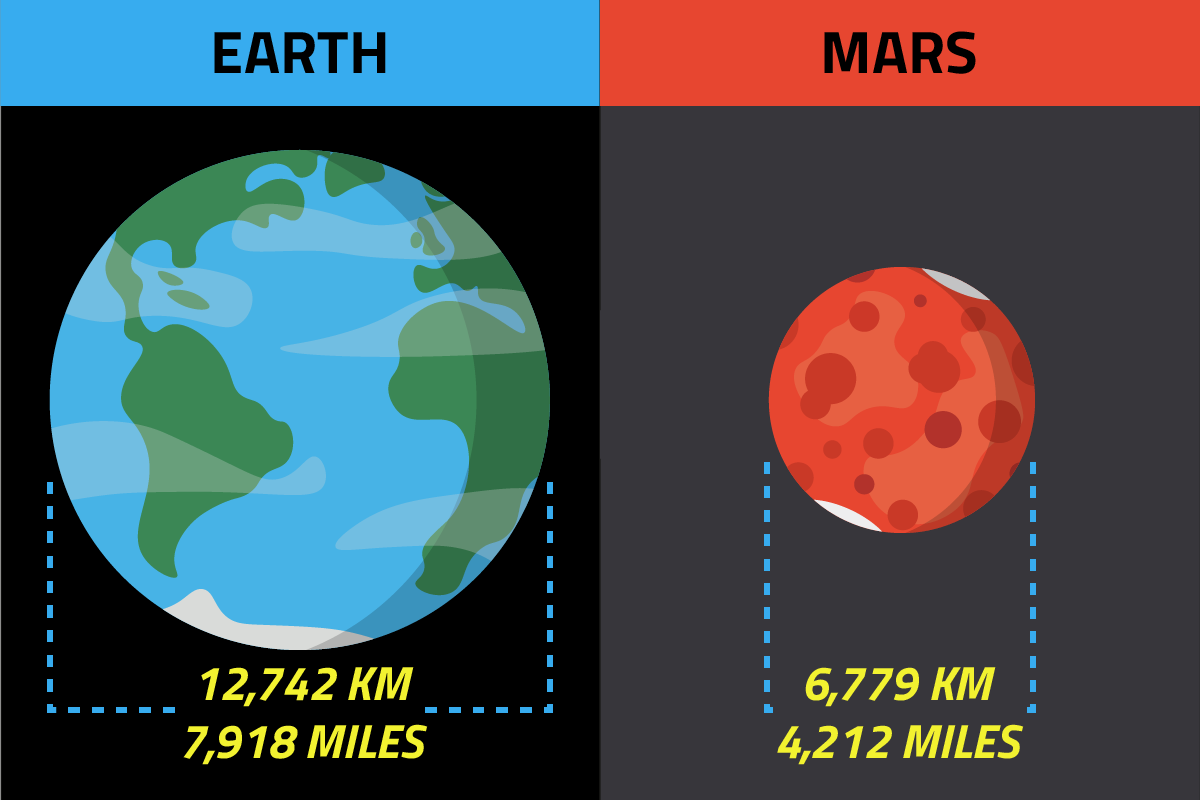Welcome to Earth!
Earth is a very special planet. It's the only place in the solar system known to have life and is your home in space. Earth is the third planet from the Sun and is the largest of the four inner planets. It is kept company by the Moon which is its only natural satellite. It orbits the Sun every 365 days and takes 24 hours to rotate once on its axis.
 Earth from Space, courtesy ofNASA EPIC Team
Earth from Space, courtesy ofNASA EPIC Team
92,954,616 miles
1.00 A.U.
7,918 miles
Min: -89.2 °C / -128.6°F
Max: 56.7 °C / 134.1 &de
Earth is the third planet from the Sun, situated about 150 million kilometres (93 million miles) away from it. Earth travels around the Sun in a path called an orbit. A year is the length of time it takes to complete one orbit. Earth takes just over 365 days to do this. This means that each time you have a birthday, you've just completed a trip around the Sun!
Earth's orbit is located in between the orbits of Venus and Mars. Earth and Venus sometimes come quite close to each other (well, close in space terms!). About once every 584 days when the two planets orbit almost alongside each other, they can be "only" 38 million kilometres (24 million miles) apart. This is the closest any planet comes to another in the solar system.

Earth has a diameter of 12,742 kilometres (7,918 miles). This makes it the fifth largest planet in the solar system.
Earth's neighbour Venus is very nearly the same size as Earth, being only slightly smaller than it. The next planet larger than Earth is Neptune, but their sizes aren't close at all. In fact, Neptune is almost four times wider than Earth!
Earth is tiny when compared with the Sun. The Sun is 109 times wider than Earth. Earth is nearly four times larger than The Moon though. To see how Earth's size compares with other objects in the Solar System, use our rather fantastic image changer thingy.
Earth, like most of the planets in the solar system, doesn't stand up straight. Instead, it leans at an angle. The angle of its tilt is currently about 23.4 degrees. The angle changes slightly over time.
All planets rotate on an axis. An axis is an imaginary line which goes through the centre of a planet. The top of the axis is a planet's North Pole and the bottom of it is its South Pole. A day passes each time a planet completes a full rotation on its axis. Earth rotates once every 24 hours.
Because Earth is tilted, part of the planet leans towards the Sun while the opposite side of it points away from it. The side leaning towards the Sun will be hotter and brighter and the side leaning away from it will be cooler and darker. These sides change throughout the year as it depends on where about Earth is in its journey around the Sun. This is the reason that Earth has seasons.

Keeping Earth company in space is the Moon. The Moon is Earth's only natural satellite and is the only object, other than Earth, to have been stepped on by human beings.
The Moon is thought to have been formed when a large object smashed into Earth during its formation. The part that broke off went on to become the Moon and has remained Earth's companion ever since.
The Moon orbits Earth at a distance of 384,400 km (238,855 miles). It takes 27 days and 8 hours to travel around Earth, and also spins on its own axis in exactly the same length of time. This is because the Moon is tidally locked with Earth meaning that the same side of it always faces Earth.















